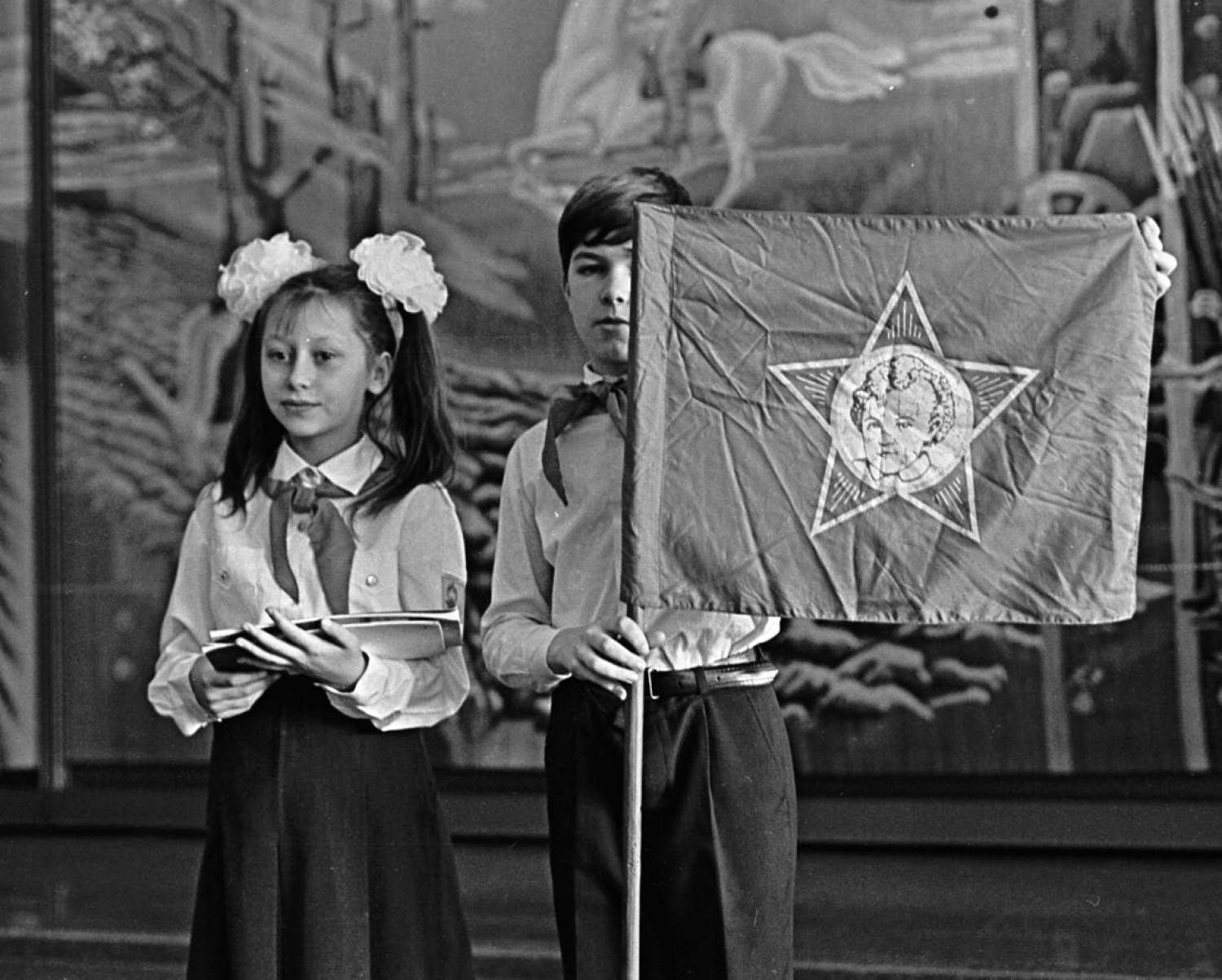Viktor Marushchenko is well-known for everyone. His school of photography became the initial platform for several emerging generations of artists and brought photographic culture in Ukraine to a completely different level. His Facebook feed is a collection of acute observations about art and the everyday. His charisma and openness to communication unite different communities. Viktor Marushchenko’s photographic practice is associated today with two of his projects. It is “Chernobyl” that was exhibited on the 49th Biennale in the 2001 year. The photographer was invited by the legendary curator Harald Szeemann. “Dreamland Donbas” in its turn got international acclaim on Biennale in San Paulo in 2004, where curator Jerzy Onuch masterly united Viktor’s portraits of female miners with kitschy wallpapers.
The two series became iconic. But they are only a small part of the voluminous, mesmerizing, and diverse Marushchenko’s archive, which was accumulated throughout more than 40-years of intensive work as a documentary photographer and in-office correspondent in several Soviet, later—Ukrainian publishing houses. In the 1970-80s, Marushchenko visited a lot of corners of the country and captured moments that can hardly open up to an attentive professional with a camera in his hands, but rather to a human, who can catch the strength of a moment and even become a part of it. The photos couldn’t be so sincere and persuasive without his magnificent capacity to be present in the moment.
The “Archive” exhibition reveals Marushchenko, which is almost unfamiliar to us. Exhibited photos, in their turn, show Ukraine, which is almost forgotten by us and thus sometimes is even misunderstood. The loss of lively connection with 30 years old events and circumstances significantly complicates the interpretation of images that appeared on the verge of two political epochs. Neither the first nor second can be named admirable. While there isn’t another historical period as significant to the recent Ukrainianian history as the one on display.
The photos portray the heroes of the Soviet Union with the orders on their worn-out blazers and the heroines of everyday Ukrainian-Soviet life with tools in their bare hands. There are also cities and villages, which no one will see again, but probably even then they weren’t seen, because only a few of them hit the “front pages” of newspapers. There is a small Gorbachev, who observes the vanishing country. And there are big anonymous Ukrainians, who shortly, seating on cold pavement in the center of Kyiv, will be creating a new country during the Revolution on Granite.
In the format of a gallery exhibition, these shots acquire a completely different level of visibility.
All the photos are printed from the original negatives by direct hand printing. The materiality of these prints makes visible all formal merits of analog shooting. The beauty of live printing and distance in time in the perception of the portrayed exclude Marushchenko’s series from the sphere of documentary and bring it to the more appropriate status of artistic objects.
“Archive” simply and persuasively demonstrates the originality of Marushchenko’s method: his exceptional understanding of where, what and when to shoot. Viktor Marushchenko’s practice provides us with an honest overview on something that happened not so long ago, but already managed to become a part of the collective memory. His stunning archive is the encyclopedia of visual characters, that still needs to be thoroughly researched. All represented at the exhibition is a small part of the materials. Preview, prologue, and foreword, as we hope to a great retrospective, will preserve Ukrainian history in her visual reproductions. For history, in its turn, it will consolidate a key figure in Ukrainian modern photography.
Thank you for subscribing!

